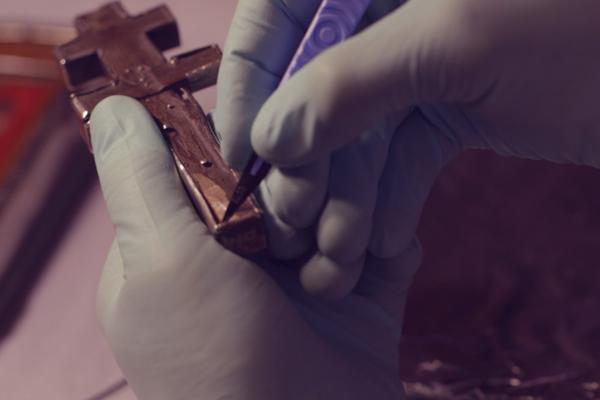Why are we so fascinated with any historical artifact — relics, as some call them — associated with Jesus?
Even the most suspect claim of a “lost” gospel or an “explosive” archaeological find that purports to shed light on the man from Galilee can generate a media frenzy, and gives believers — or skeptics — fresh evidence to try to finally win their argument while leaving their foes on the defensive.
Think of the recent “gospel” that seemed to show Jesus had a wife — and she was, of all people, the scandalous Mary Magdalene. Or the discovery a few years ago of an ancient papyrus that depicted Judas as the hero of the gospel story, not the great betrayer. Or, a few years before that, the revelation of a bone box with “brother of Jesus” inscribed on the top.
The argument in these purported blockbuster discoveries is that everything we’ve ever known about Christianity is probably false and that there has been a massive, millennia-long cover-up to hide the real truth. Remember The Da Vinci Code? There’s a reason that fiction sounded like fact to a lot of people.
Yet in spite of the overblown claims and dodgy artifacts floating around out there, genuine artifacts and solid historical research still provide the best window into that long-ago world and the best chance to figure out who Jesus really was, and what he meant.
Read the Full Article

